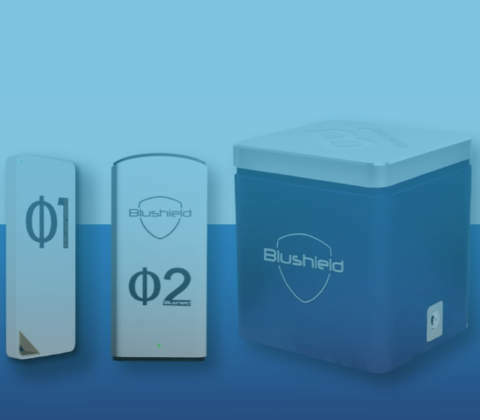Conclusion
The advent of 5G is transforming connectivity capabilities, significantly enhancing how we interact with technology daily. While boosting network performance, it complies with established safety protocols, and is fast becoming a technology that we can not be without. The technological improvements do not come without their downsides (increased EMF levels), instead of isolating and/or blocking 5G advancements, the best course of action is to put in place measures of protection to our bodies from over absorpition of EMF. Blushield devices allow you to take advantage of the technological improvements and faster speeds but also present your body with a more natural frequency it can attune to.
The World's Leading 5G Protection


